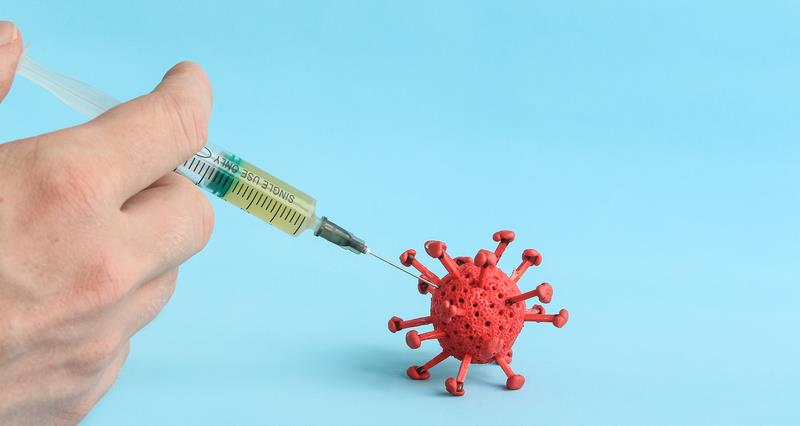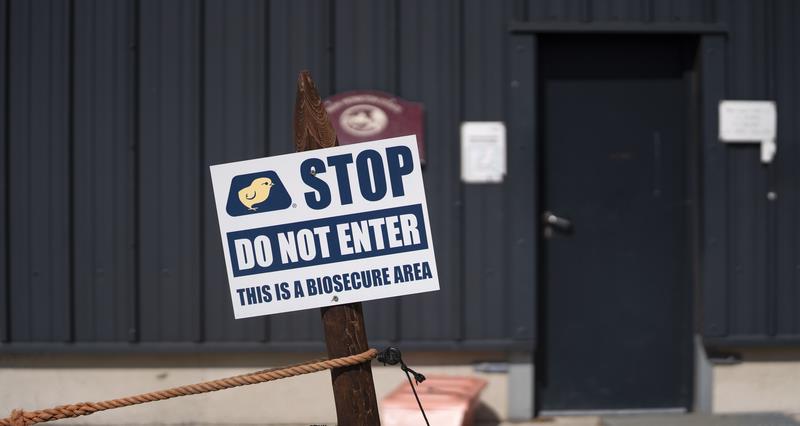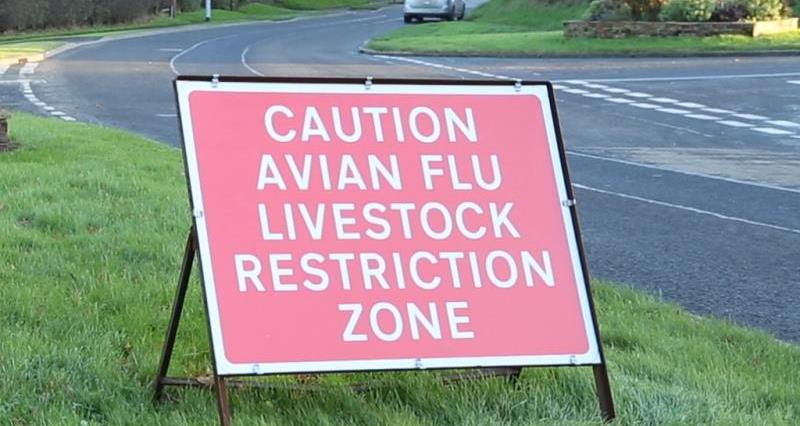In October, scientists, farmers, and stakeholders from across the globe came together for the IABS (International Alliance for Biological Standardization) conference on ‘Vaccination strategies to prevent and control HPAI: Removing unnecessary barriers to usage’.
Les Simms, from Asia Pacific Veterinary Information Services, opened the talks by exploring the perceived barriers to vaccination. He identified the development of suitable vaccines and the trade impacts of using them as two of the barriers that most needed addressing.
Finding a suitable vaccine
An effective vaccine has two key components – it should be a close match to the circulating strain of virus and needs to stimulate a large enough immune response to protect against infection. For successful uptake, it also needs to be easily administrable to a large number of birds.
Erica Spackman, from the US Department of Agriculture, and Ian Brown, from the DeltaFlu Research Consortium, provided an overview of the available vaccine types, including those in development. It was clear that the suitability of each vaccine type would depend on whether a preventative or emergency approach was taken.
Inactive vs vector vaccines
For example, inactivated vaccines account for the majority of HPAI vaccines used worldwide. These vaccines contain whole viruses that have been killed to stop them from replicating. While they have the benefit of being tried and tested and are effective for numerous species types, these vaccines are generally delivered by injection. This makes them unsuitable for mass administration in an emergency situation.
Instead, vector vaccines may be more suitable for emergency vaccination. Vector vaccines use a harmless virus to deliver the genetic code needed to produce the HPAI antigen. These vaccines generate a broad immune response and lend themselves well to mass administration via feed, drinking water, or aerosol spray.
Trade barriers
While the speakers showcased a vast array of ongoing research, little of it has been tested under field-like conditions. This is because companies are unwilling to take the next steps until they know there will be a market for their product. Therefore, trade barriers will need to be removed before we see further developments.
There were concerns that countries might not import poultry products from countries where HPAI vaccination is in use. This concern was largely founded on the risk of silent infection rather than legislative barriers.
Vaccination does not affect the HPAI status of a free country or zone under the WOAH (World Organisation for Animal Health) code; and changes to EU regulation under the Animal Health Law (2016) are providing a framework that enables member states to vaccinate. However, AI vaccination is still not permitted under UK legislation.
Silent transmission
On the topic of silent transmission, Timm Harder, from the Friedrich Loeffler Institute, spoke about the need for a robust testing and surveillance system to reassure trading partners of the infection-free status of vaccinated flocks, vaccination coverage, and population immunity. Serological testing, routine dead bird testing, and environmental sampling were all discussed as possible surveillance mechanisms. He also highlighted the need for any surveillance system to be cost-effective and have sufficient resources dedicated to it.
ª º“ª™»Àcontinues to gather evidence on the issue in order to lobby for effective solutions to avian influenza, which is blighting the industry.



